I frequently prepare a big batch of cookie dough for chocolate chip cookies and freeze it for later use. When those craving strikes, you can always have fresh cookies on hand thanks to this very easy process. Because it’s so practical, especially when you’re pressed for time, I adore having frozen cookie dough in my freezer. Cookie dough may be frozen and baked directly from the freezer, guaranteeing warm, delectable cookies in a matter of minutes. When the holiday baking season is approaching or you have last-minute baking demands, this method is ideal.
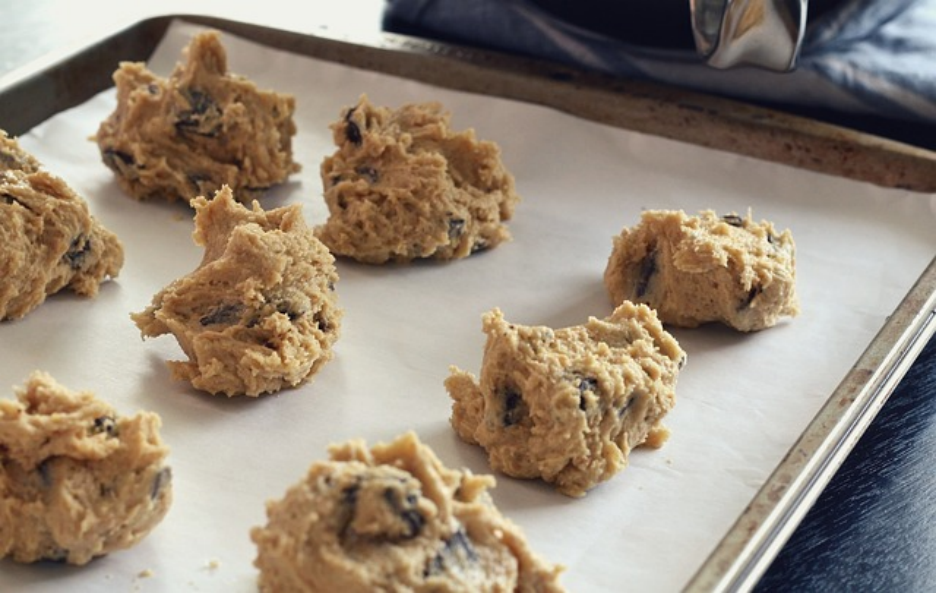
Smaller parts of cookie dough should be frozen, in my opinion. This speeds up the procedure even more because you only need to defrost the ingredients you intend to bake.
1: For drop cookies such as chocolate chip cookies:
Partially melting the butter, measuring glorious room temperature for no distractions, and allowing the dry ingredients to settle from any airborne particles explain how to create perfect chocolate chip cookie dough. No matter if your recipe involves a cold stage, the method of storage and subsequent defrosting of them is rather simple. After a mixture is made for a cookie dough, it should follow the instructions and be chucked in the refrigerator if the flavor needs to be set. After the dough is complete, use the cookie scoop to place spoon of dough in a baking sheet that has parchment paper on the slip.
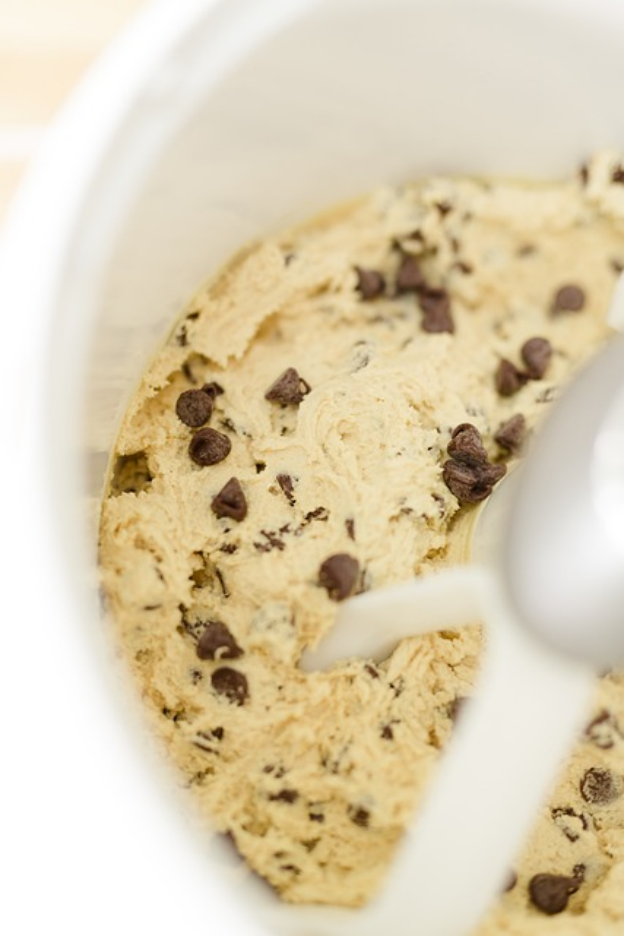
compatibility and ease of use that all the relevant components are in harmony with the future utilization. Some recommend using chocolate to coat the dough balls before freeze as it will help to protect from freeze burn. This is important since it becomes almost impossible to stick the chocolate on frozen cookies. After arranging the muffins in the baking sheet, put it in the freezer, and then chill.
2: For cookies with a sugar / sprinkle coating:
If your recipe asks for coating cookies in sugar or sprinkles, such as chocolate crinkles, peanut butter blossoms, or snickerdoodles, it’s preferable to do so after the dough balls have frozen. Experience has taught me that it’s best to roll the dough in sugar or toppings just before baking because the coating
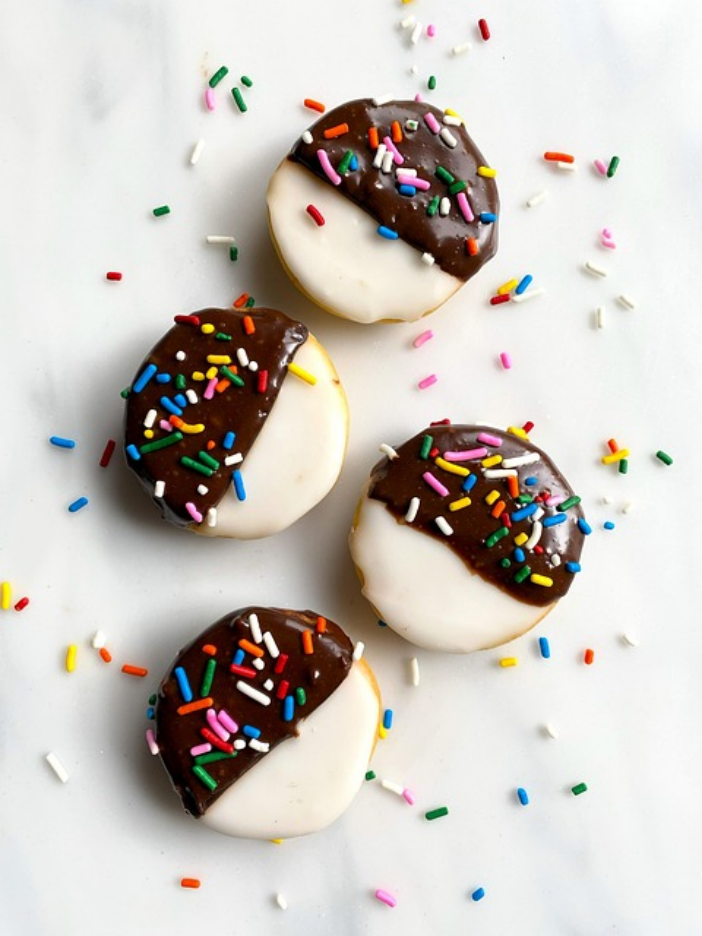
To begin, take the cookie dough balls out of the freezer and leave them for around half an hour at room temperature. This facilitates the coating’s adhesion by allowing the dough’s exteriors to somewhat defrost. Roll the dough balls in sprinkles, sugar, or whatever the recipe calls for after they are sufficiently soft.
3: How to Freeze Cut-Out Cookie Dough (Like Sugar Cookies):
It’s easy to prepare cut-out cookie dough for later use, especially for popular delicacies like gingerbread or sugar cookies. To make the dough easier to work with, start by breaking it up into smaller pieces.
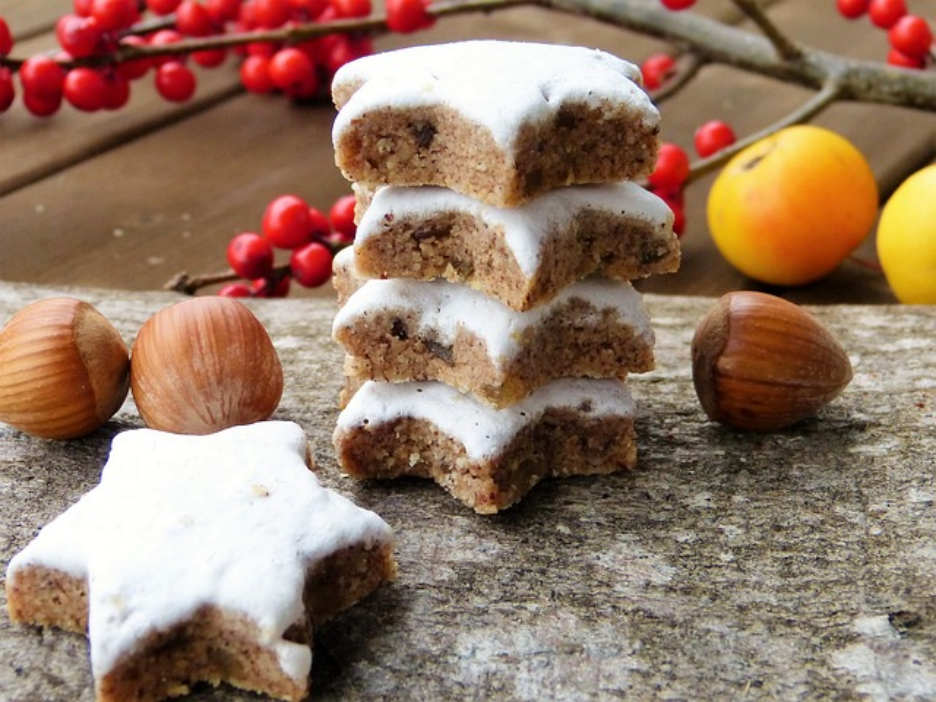
Like I do with pie crust, flatten each portion into a disk that is about 1 inch thick. Remember to use tape to mark each disk with the name of the recipe and the date after securely wrapping it in plastic wrap. The dough can be securely frozen for up to three months if properly
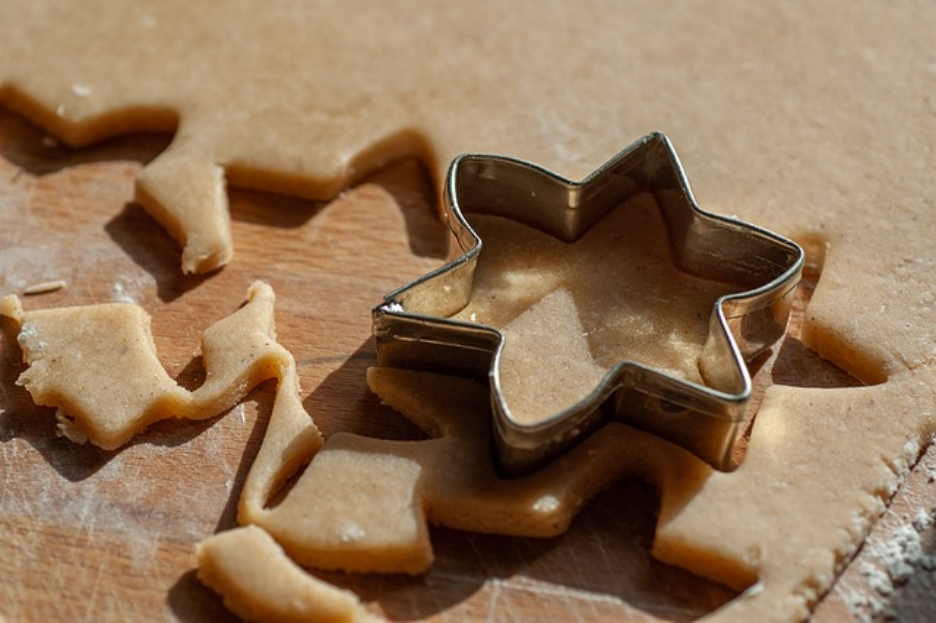
The day before, place the wrapped dough in the fridge to thaw overnight before baking. It’s time to roll out the cold, thawed dough so you can cut it into interesting shapes with your own interest.
4: For Freezing Baked Cookies & Bars:
A fantastic technique to save time and maintain the freshness of your delights is to freeze baked cookies and bars. First, allow your baked cookies to cool fully. After that, lay them out on a baking sheet and freeze them until they set. By taking this precaution, they won’t adhere to one another in the freezer. Once frozen, carefully place them in zip-top bags or put them in a freezer container with parchment paper between each layer. Remember to write the date on the bag or container for convenient tracking. You can safely keep these cookies for up to three months.

The procedure is the same if you would rather freeze cooked bar cookies, such handmade brownies or peanut butter blondies. Before cutting them into squares, let them cool fully. Next,
5: Does Freezing Cookie Dough Change the Softness or Thickness of Cookies After Baking?
The temperature of the dough has a significant impact on the texture of the baked goods. You will notice thicker cookies if the dough is colder when it is put in the oven. To prevent this, defrost your cookie dough balls in the refrigerator overnight before baking them according to the recipe’s directions. Since each ingredient shapes the final texture of the cookies, altering them could result in crispier or softer cookies.
You can increase the number of eggs in your recipe to get softer cookies. Just half an extra-large egg can create puffier cookies.
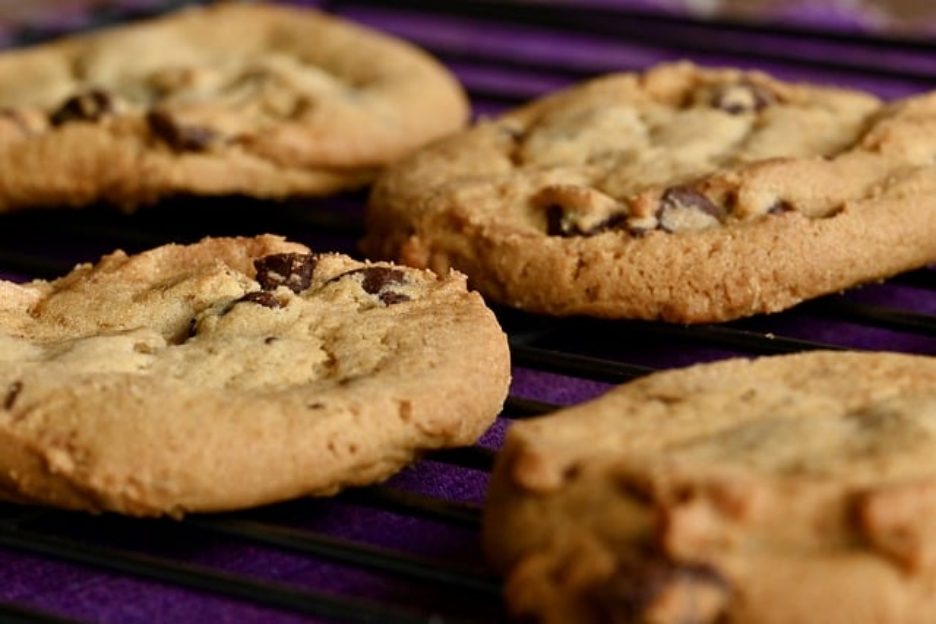
Alternatively, you can swap yolks for whole eggs. Use a kitchen scale to measure the exact weight for balance. Chilling the dough before baking can also help maintain softness. Shape it with
6: How To Prevent Freezer Burn:
The first step in preventing freezer burn is proper food storage. Always use a freezer bag or sealed container for cookie dough, frozen cookies, or even cooked goods to prevent air from getting inside. Extra protection can be obtained by carefully wrapping goods in plastic wrap or, better yet, butcher paper or wax paper. These substances are very good at retaining moisture and preventing it from evaporating and causing frost to form on the dough’s or other foods’ surfaces
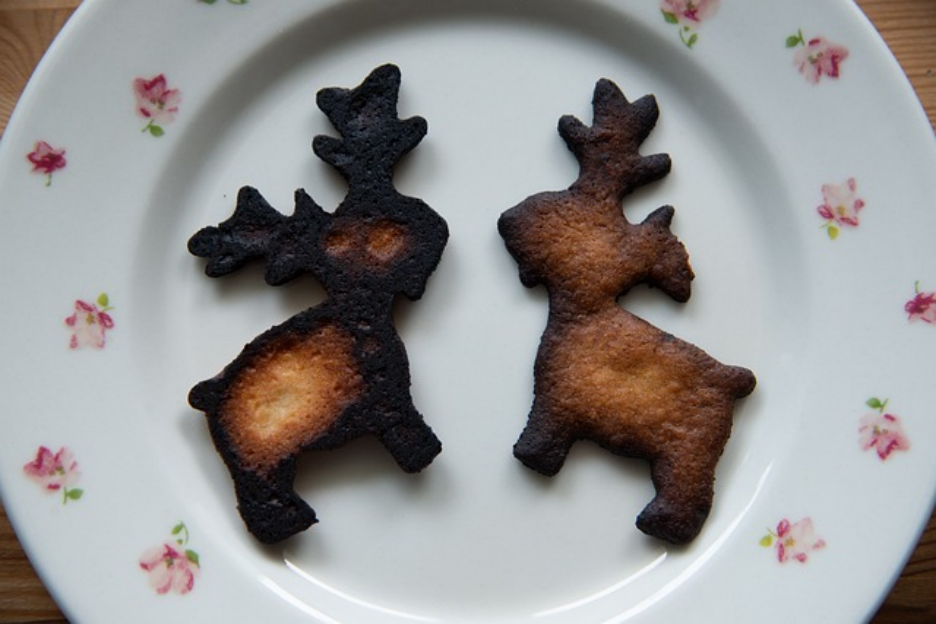
If you’re preserving bread, for example, you can defrost only what you need by cutting the loaf into smaller pieces and keeping each slice separately. To prolong the freshness of bigger quantities, such as family-sized packs of beef, pork, or seafood, think about repackaging and sealing each item separately.
Another successful
Prevent Freezer Burn through Appropriate Storage: Preventing freezer burn begins with proper food storage. Always use a freezer bag or sealed container for cookie dough, frozen cookies, or even cooked goods to prevent air from getting inside. Extra protection can be obtained by carefully wrapping goods in plastic wrap or, better yet, butcher paper or wax paper. These substances are very good at retaining moisture and preventing it from evaporating and causing frost to form on the dough’s or other foods’ surfaces.
Preserve Bread and Greater Amounts: If you’re preserving bread or other foods, cutting the loaf into smaller pieces and keeping each slice separately will make it easier to defrost just what you need. Think about repackaging greater quantities, such as family-sized packs of meat, pork, or seafood.
7: How To Thaw Frozen Cookie Dough
When it comes to defrosting frozen cookie dough, a little planning can go a long way to ensure the best results. One of the easiest methods is to transfer the dough balls to the refrigerator the night before you plan on baking. This gradual method ensures the dough is thawed evenly, maintaining its texture and flavor. If you’re short on time, you can leave the cookie dough at room temperature for 1-2 hours on a parchment-lined baking sheet or in an airtight container, avoiding direct sunlight or heat to prevent any loss of quality.
1.Key Takeaways:
- For faster choices, use the defrost setting on your microwave for brief bursts of 10 to 15 seconds, checking often to prevent the dough from becoming overcooked. As an alternative, thawing in a preheated oven set to 300°F can also be quite effective. To ensure even thawing without sacrificing the quality of the dough, place the cookies on a baking sheet lined with parchment and warm them for ten to fifteen minutes.
- An air fryer or toaster oven might offer a rapid, energy-efficient way to warm and preserve food if you prefer contemporary appliances. These are particularly useful for slice-and-bake logs or partially frozen cookie dough. If using logs, make sure the dough is sufficiently soft to cut with a knife.
- Finally, let baked cookies to thaw at room temperature before eating if you’ve frozen them for later.
2.The Science of Freezing Cookies:
The dough’s sugars and fats are both impacted by freezing, which actually enhances the texture and flavor. The longer cooking time enables the sugars and fats to combine, resulting in a more complex flavor. Furthermore, the fats solidify, making the dough less likely to spread out when baking and producing thicker, chewier biscuits.
Pre-thawing the dough makes it easier to deal with and softens it when it’s time to bake. Knowing how freezing changes the dough will help you make the greatest cookies possible, whether you’re making freshly mixed amounts or frozen dough.
3.Impact on Texture and Quality:
Depending on how you treat them, thawing frozen cookies or cookie dough might alter their flavor and texture
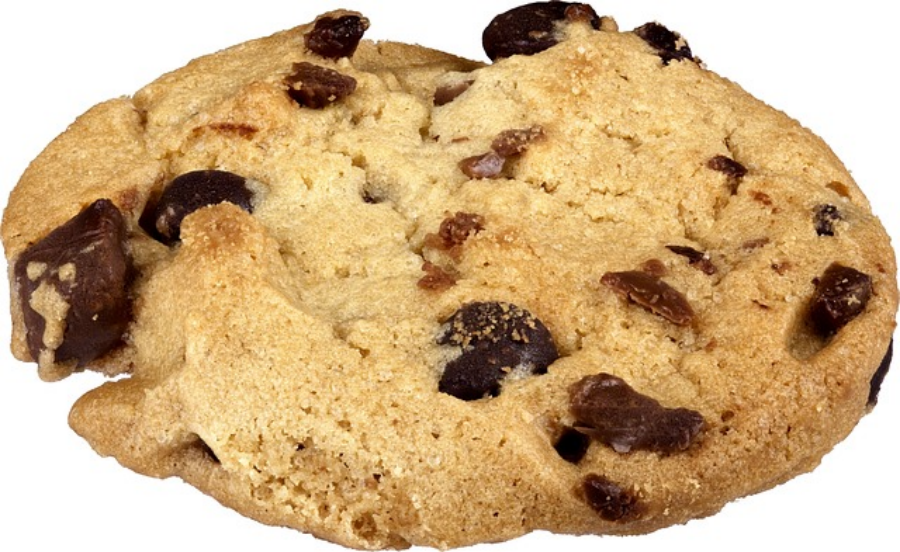
- During the freezing process, the dough’s or baked cookies’ moisture content may change. After thawing, the cookies may become crumbly and dry if too much moisture escapes. However, retaining too much moisture could cause the cookies to become soggy, which would alter their consistency and flavor.
- A major factor in maintaining the quality is proper storage. Using airtight containers not only helps preserve the cookies’ flavor but also protects them from absorbing unwanted odors in the freezer. The type of cookie also matters—soft cookies may become overly soft, while crispy cookies might lose their crunch during the process. Paying attention to these
4.Effective Thawing Methods:
Using the proper technique to thaw frozen cookies is essential to maintaining their flavor and texture. There are several efficient ways to defrost cookies, regardless on your preference for a leisurely process or your need for a speedy remedy. Here’s the proper way to accomplish it:
Room Temperature Thawing
Letting cookies thaw at room temperature is a simple and effective method. Take the frozen cookies out of the freezer and place them on a clean surface lined with parchment paper to avoid sticking. For best results, ensure proper airflow between the cookies. Cover them lightly with plastic wrap or aluminum foil to keep them fresh and prevent exposure to air, which can lead to dryness or staleness. Avoid placing them in direct sunlight or near heat
- Tips for Thawing and Baking Frozen Cookie Dough
Thawing and baking frozen cookie dough is a straightforward process, but a few tips and tricks can help you get the best results. Start by removing the frozen cookie dough from the freezer. For gradual thawing, place it in the refrigerator for a few hours or even overnight. This method keeps the structure and texture intact and reduces the risk of changes to the dough.
If you’re in a hurry, you can thaw the cookie dough quickly by placing frozen portions on a parchment-lined baking sheet and leaving them at room temperature for a short period. Keep an eye on the dough as it thaws to ensure it reaches the right consistency for shaping and baking. Once thawed, preheat the oven, and follow your original
8: Factors Affecting Thawing Quality:
When Defrosting Cooking tip chocolate chip cookie dough can be an art if you wish to retain good image of your cookies. When choosing the ingredients, the baking techniques, and the temperature, you’re sure to keep all the aspects of the dough delicious and proper. Here, we’ll dig deeper on crucial aspects in thawing that will make you get those baked wonders each time.
- Cookie Composition and Storage
The properties of your cookie dough are deciding how it behaves when it is thawing. That also influences the results: butter or sugar response to cold temperatures as reactants, for example, and flour too. For instance, with fats like butter or shortening, the answer lies in the fact that if the fat is frozen then thawed the correct texture in the dough is somewhat easier.
Consider the additives that are such as chocolate chips, nuts or dried fruits each which may require different time and temperature to soften. Apart from such storage there is no trace of freezer burns and keep the dough appealing as when freshly made and stored. Especially when the dough contains syrups or fruits, the right moisture is very useful in order not to make the dough too wet.
- Timing and Temperature Matter
As your cookie dough thaws, its properties are determining its behavior. That also influences the results: For instance, butter or sugar reacting with cold temperatures as the reagents, as well as, flour. For example, as far as fats such as butter or shortening are concerned, its answer is that if the fat is first frozen and then thawed, then attaining right texture in the dough is a comparatively easier proposition
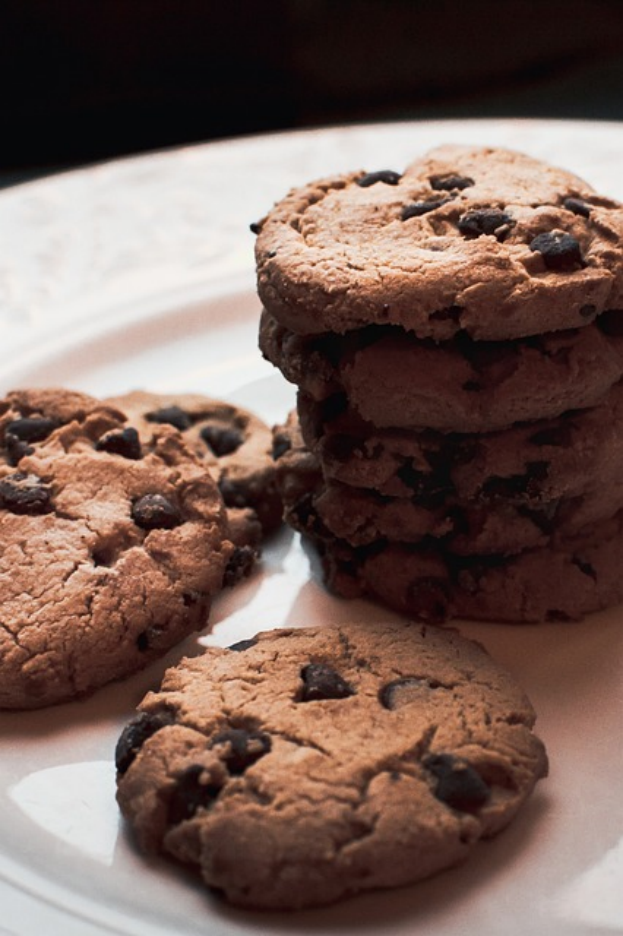
Think about the special ingredients, for example, chocolate chips, nuts or dried fruits and each of which may take different time and temperature to soften. Besides such storage there is no sign of freezer burn and maintain the appearance of the dough to be as classy as it was when prepared and stored. It is especially valuable when the dough is filled with syrups or fruits which help not make the dough excessively wet.
- Microwave Thawing
Another benefit of a microwave is that you can use it to thaw your cookie dough in a relatively short time, but you have to be careful. The frozen dough will start to cook thus should not be left to stay for a long period of time. The defrost setting, and the continuous thawing for a shorter amount of time, taking care not to overheat it. When the dough has attained this condition, it should be put into use at the earliest to avoid bacterial formation. DO NOT place microwave-thawed dough in the refrigerator before completing cooking as it will spoil quickly.
- High-Pressure Thawing
Another advantage of a microwave is that it is relatively fast to thaw your cookie dough using it, but be careful. This frozen dough will even begin to cook hence it is advisable not to let it stay for a long time. Defrost and that when used continually for a shorter time in order not to overheat the food. The dough should be in this condition and should be immediately used so that it does not undergo bacterial formation. DO NOT leave microwave-thawed dough in the refrigerator after baking because the dough will spoil soon.
9: Best Practices and Common Mistakes:
- If you are looking forward to do away with the chocolate chip cookie doughs in the best manner possible, there are things that should be done and things that should not be done. First of all, it is recommended to store the dough in an airtight container properly or even the freezer bags to avoid the case of the growth of freezer burn. Ensure that you cool it before storing it as this follicle that can go into the refrigerator and thus maintains its freshness. Moreover, it is advisable to put the dough in small portions to ease and reduce time when thawing. Even better, it helps to put a note on the bags or containers of freezing so that you can remember the date that it was done. The important point here is avoiding the dough from becoming sticky or its texture is destructed by losing its moisture content. During thawing one should not refreeze the dough since this reduces the quality of taste and texture thus the evaluation is low.
- Proper Storage Techniques
Some essentials which are needed to store cookie dough properly are freezer bags, airtight containers that do not create a problem of moisture loss and freezer burn. To prevent the balls for sticking ensure that you always cover your dough with plastic wrap and when freezing dough balls, you need to use a baking sheet before transferring them for storage. This technique helps ensure that your dough remains fluffy and fresh from the time they are prepared. Here are some great tips and advice to help keep your cookies lasting as tasty as the day that you baked them.
- Avoiding Refreezing
When thawing, do this only for the amount of dough you intend to bake at a time. One of many errors is to refreeze the dough because of the increase in the number of bacteria and improper texture. In its stead, do keep your dough in airtight containers which ensures that freshness is maintained and that freezer burn is averted. Never admit the dough to room temperature or refrigeration counter, before you use it to bake your foods, to avoid spoiling the texture and taste of your foods. Sometimes, it can take a long time in the freezer because if the cookies are thawed haphazardly, they end up uneven in terms of moisture.
- Innovative Thawing Technologies
. If you need to thaw your dough faster, it’s possible to turn to new thawing methods, such as ultrasound assisted thawing or high voltage electric field thawing. All these techniques are helpful while thawing the cookies to ensure they retain their texture and the taste they have. There are models that employ sound waves or electric fields to reduce the time required by about a third but still offer the best of cookie baking. These advanced technologies provide even thawing which is useful against soggy or dry area. These might not be popular for home use at the moment, but they are fantastic should you have to get a faster result that is consistent.
- Environmental Considerations
For those willing to make an environmentally friendly change when thawing the cookie dough, efficient techniques are the best. One can thaw the dough at room temperature; which does not consume extra energy or you can keep it in the refrigerator. If you must use appliances, use an air fryer or toaster oven, instead of your regular oven for they are energy efficient compared to the standard ovens. There is environmentally friendly way of thawing your cookies that you can use in order to reduce on the amount of harm you cause to the environment while serving you your delicious cookies.
10: Experimenting With Thawing Techniques:
One has to write down the outcome as soon as they are experimenting with other thawing techniques. As you go through, learn how each technique alters the cookies’ quality, taste, texture, and time and temperature. To conclude, the findings deposited here can be particularly useful for enhancing previous practice in the field, as well as for expanding the body of knowledge on the most effective approaches to thawing. Data Collection and Information Sharing You should take time to wright down your results and share the progress you will be making as you try out different thawing techniques for frozen cookies. By this technique, successful strategies are imitated while the unsuccessful ones are eliminated because of being deemed ineffective. On its performance, write down the type of cooki it is and the thawing method used which may for instance be, over, microwave, or at room temperature. Also remember how long it took to defrost and any changes that were made to .
11: How To Reheat Frozen Cookies:
- How To Reheat Frozen Cookies
Good news! You brought thawed, fresh cookies because they are ready to be eaten! However, when your cookie dough is well thawed and nearly at room temperature that delicious delicacies can be baked for just a few minutes in the conventional oven or make a short spin in the microwave oven for just a few seconds. When reheating, it’s very important not to over bake them to have a soft texture that is unequal in the market.
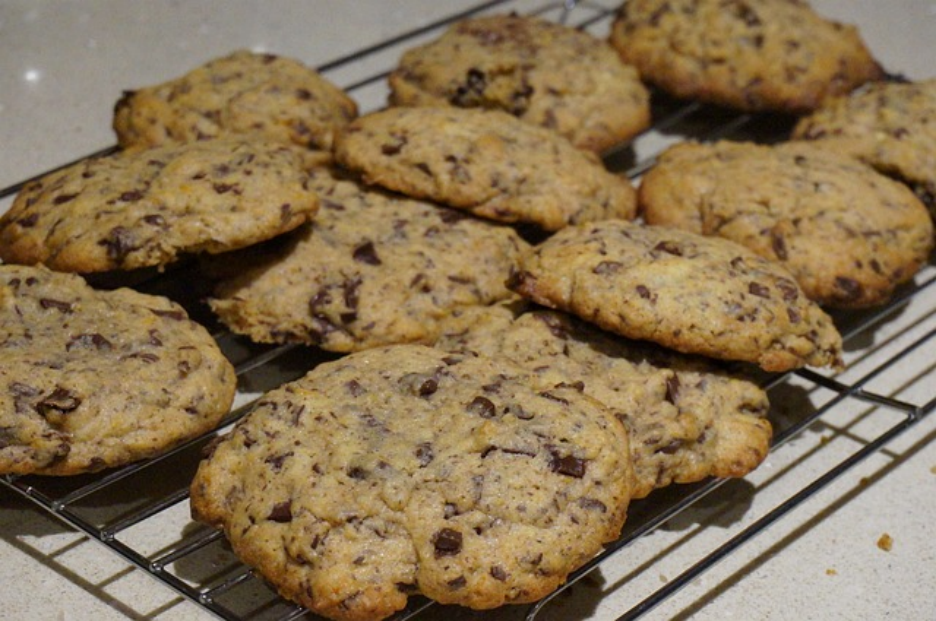
♦ Why Reheat Cookies
Ever found yourself waiting your oven and watching the timer or being in a line at a place such as Crumbl Cookies? If so, then you know the might that is a warm cookie. Anytime you take cookies out of storage from the counter, fridge or freezer and you get what is perceived to be no longer gooey, this is a little sad. This feeling is incredibly familiar and armed with information on how to reheat these, one can capture the warmth and molten delight all over again.
♦ The Best Ways to Reheat Cookies
When it comes to warming all sorts of cookies, from giant Crumble cookies to small-sized, there are several approaches. No matter if these sauces and gravies have been left on the counter for a while, placed in the fridge, or frozen for a month, this advice will help to restore them. Give any of these a shot!
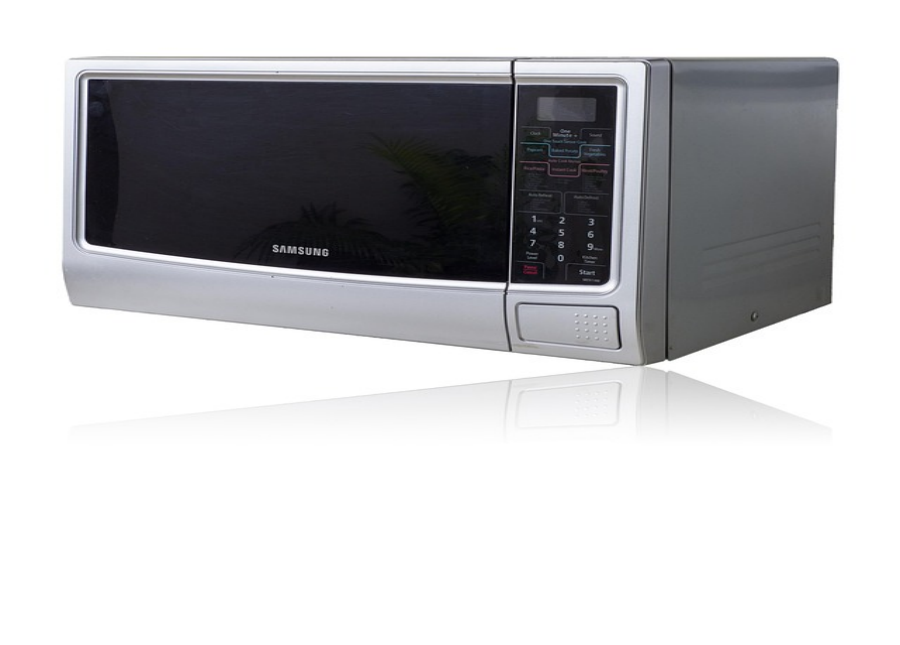
It is most effective when you are making only one cookie at a time. Put on a microwave dish, heat in the microwave, and avoid overheating it. Otherwise, there would remain a hard and chewy cookie very soon afterwards at the most unexpected moments.
- Oven
For bigger, larger batches, or a more substantial type of cookie such as chocolate chip or oatmeal cookies, the oven is perfect. Bake at 350 (175 C), put them on a baking sheet, and heat for a few minutes, and they will be warm, and super soft.
♦ Toaster Oven
When you are working with a smaller quantity, then using the toaster oven is the best option. Preheat and also use a tray suitable for toaster oven and heat the cookies until hot and moist.
♦ Air Fryer
The air fryer can be used to cook the chicken in smaller batch as compared to the fryer. Put the cookies into the basket, turn on the heat to 350 degrees and have warm, soft cookies in few minutes.
♦ Steam
Softening single cookies that have turned hard are possible to soften again using a bit of steam. Take a cookie and put it in a damp paper and place it inside the microwave for just a few seconds rotation. Voila! Warm, softened perfection.
♦ Thaw
Certain cookies, including those that are chilled, like mud pie, sugar cookies, and others just require to be allowed to soften once they’ve been removed from the freezer. All you have to do is let them remain on the counter, and would be ready for consumption.
♦ How Many Times Can I Reheat Cookies Before They Go Bad?
When exposed to heat repeatedly, the cookies reduce on moisture content hence becoming dry. One can keep aside only that amount of cookie dough which he wants to eat as reheating leads to hard and lesser softness of the cookie.
12. How do I keep cookies from burning when reheating them?
When reheating cookies, always be very careful with your time and temperature in order to produce the best results. Another important thing is low temperature, in order to avoid that cookies will rise in temperature too fast and will not have a correct texture. There is always a controversy about the best practices for reheating cookies, this is customarily when the focus is often directed to the outcome consistency. In my experience, a little extra care is all that counts when reheating because it ensures the cake stays soft and gooey as is desired.
♦ The Easiest Way to Reheat Cookies:
Of course, not all cookies can be re-heated but in case this is necessary, the easiest way to do it is to use a microwave and many restaurants and even airlines know this. Set your cookies on a plate and warm them for only thirty seconds. For the dry cookies they should be placed in a moist paper towel so that they do not become more dehydrated while they are being heated. This method is effective, particularly when you want the cookies rapidly, yet you should always be careful not to over bake them.
♦ Use a Regular Oven for Perfect Results:
If you want to bake for a more even outcome, then, using a regular oven is advisable. Switch on the oven to 350 F temperatures and arrange your cookies on one tray. Bake them for few minutes and remember that every cookie might take a different amount of time to cook. Considering it is an oven; it is convenient when reheating a number of cookies at once or when reheating cookies with a complicated texture.
♦ Can I Reheat Cookies That Contain Toppings?

Absolutely! Reheating cookies with frosting or additional toppings is possible, but you’ll need to choose a method that works best. For instance, the oven or toaster is better for maintaining the integrity of the toppings. Use a low temperature, monitor the cookies, and ensure they don’t burn or the toppings don’t melt too much. Once reheated, let them cool slightly before adding or adjusting toppings like sprinkles to achieve a fresh-from-the-oven appearance.
♦ Tools and Equipment for Freezing Cookie Dough:
To freeze cookie dough, then the tools and equipment that are needed is very important to make the dough fresh. The dough must be shielded from frost, thereby you can use containers, plastic wrap or parchment papers. Of great importance when storing the dough, it is equally important to reseal airtight freezer bags to avoid penetration of odors and or flavors to the dough.
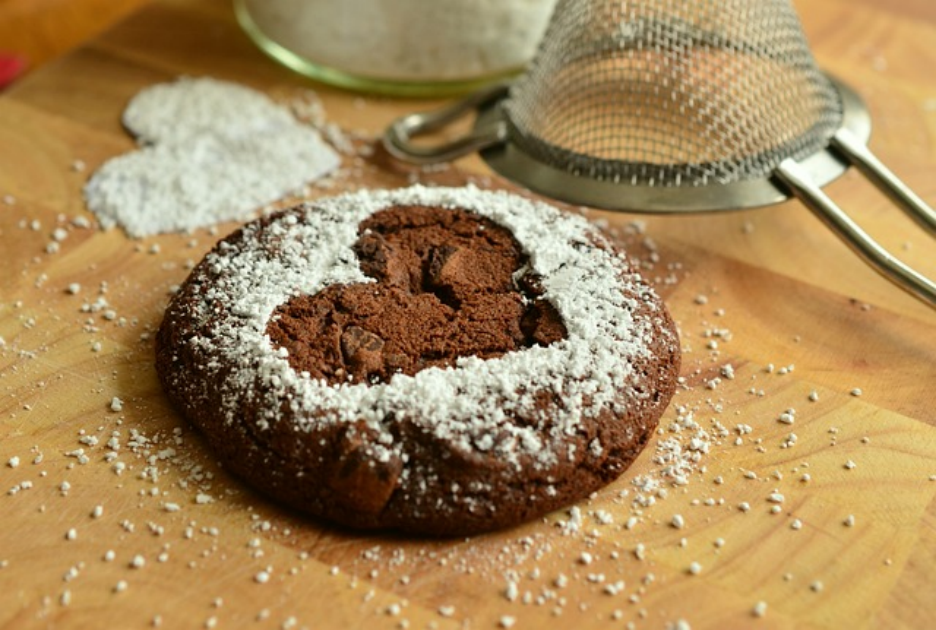
I hope this will help you with your queries, have a nice day.
